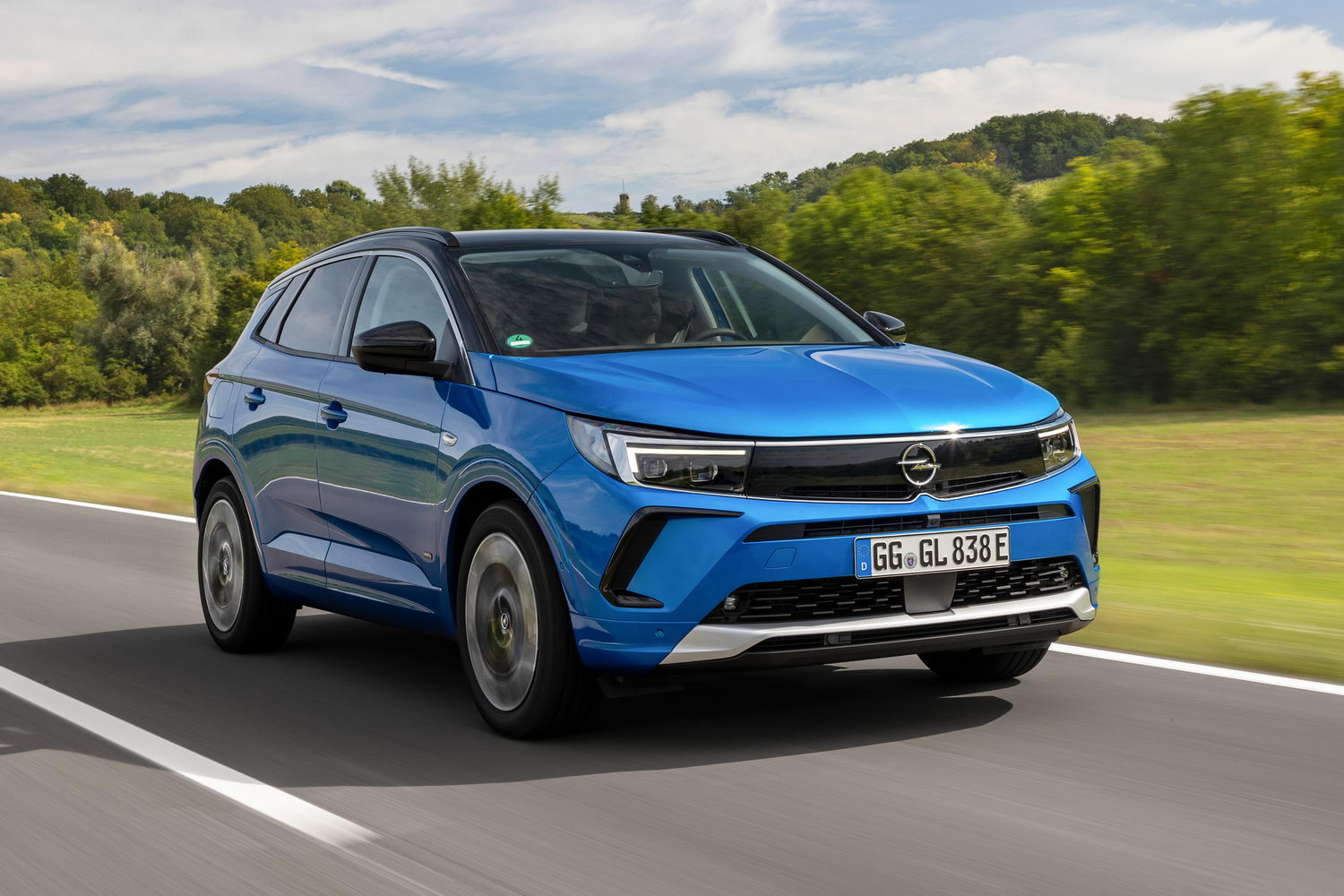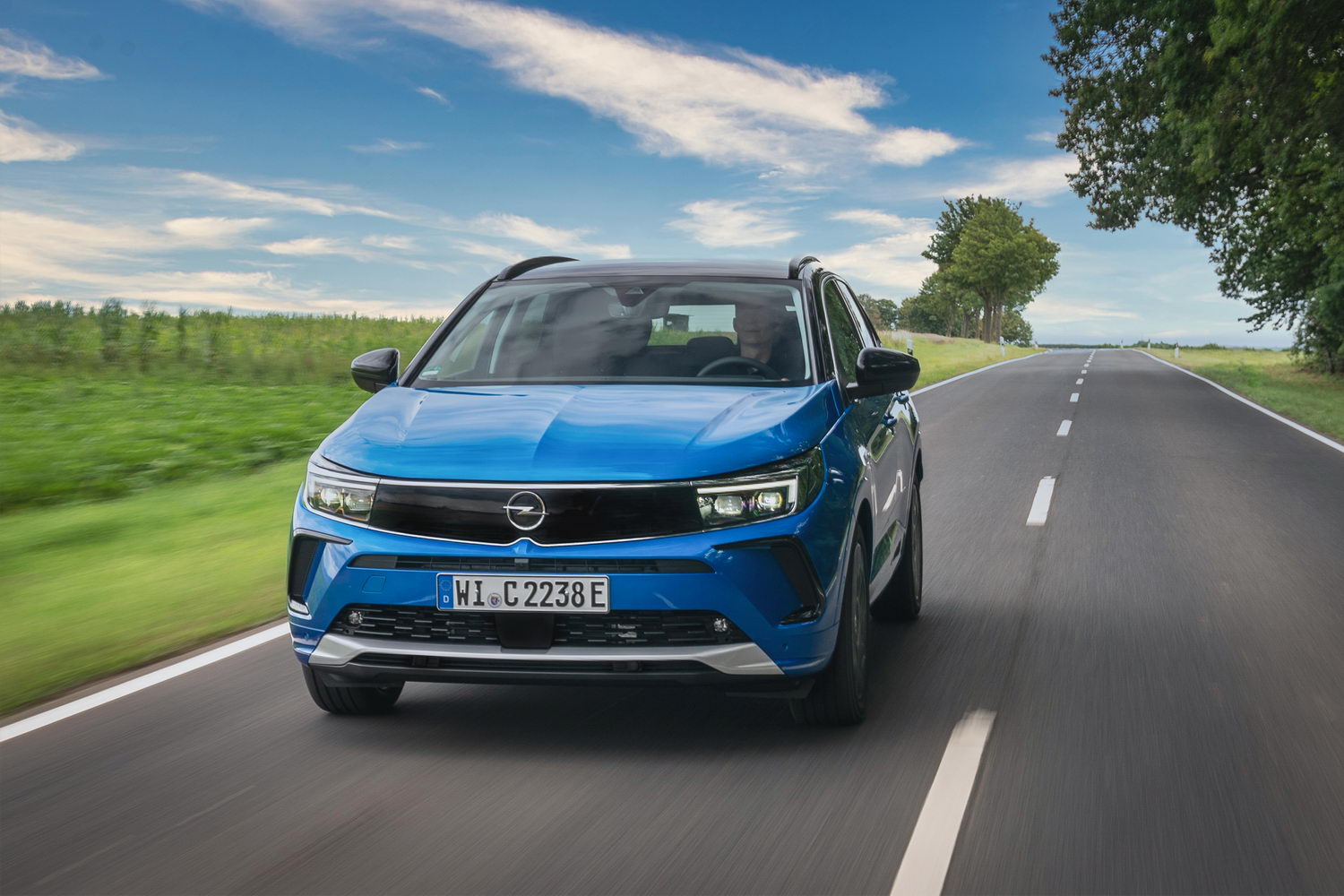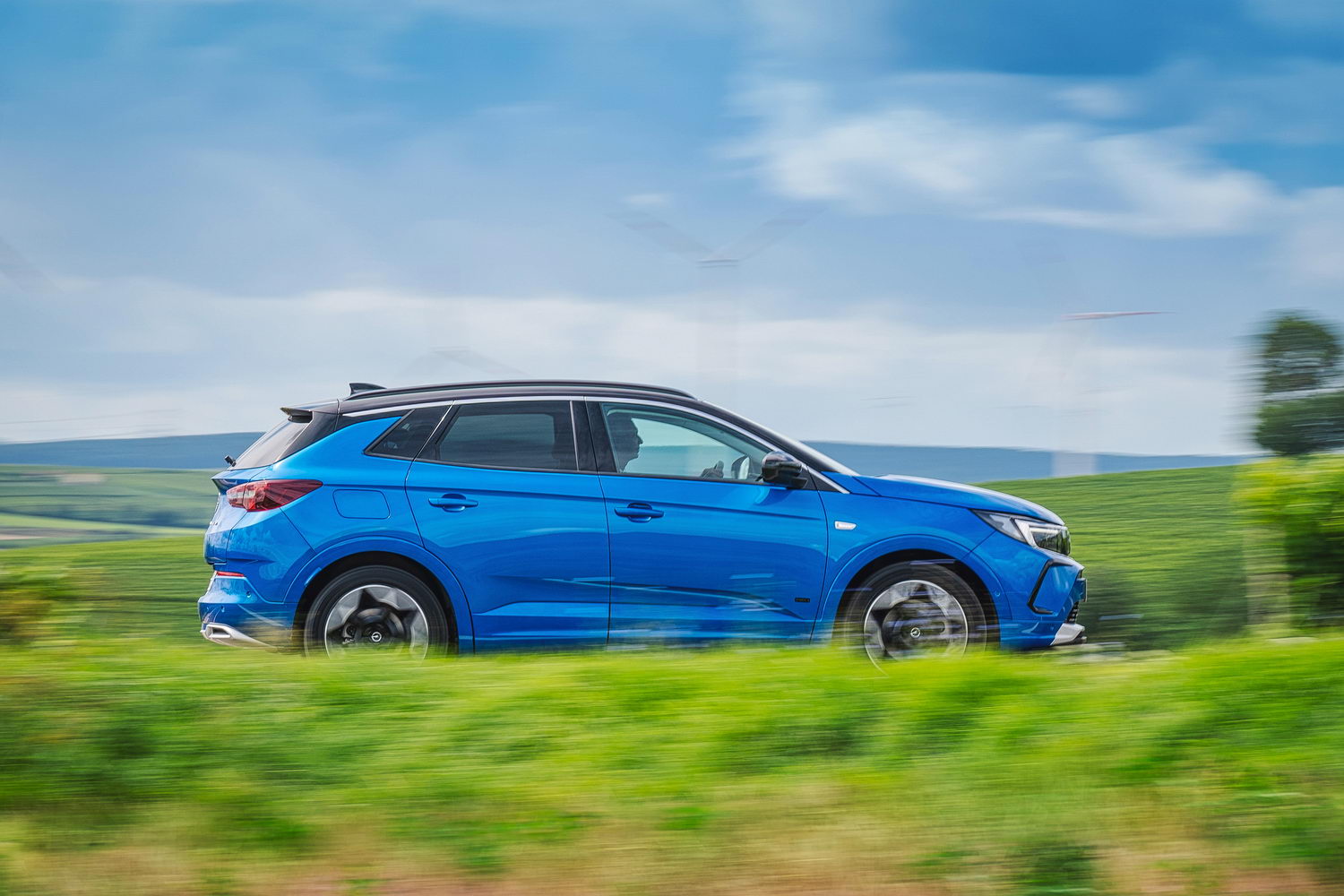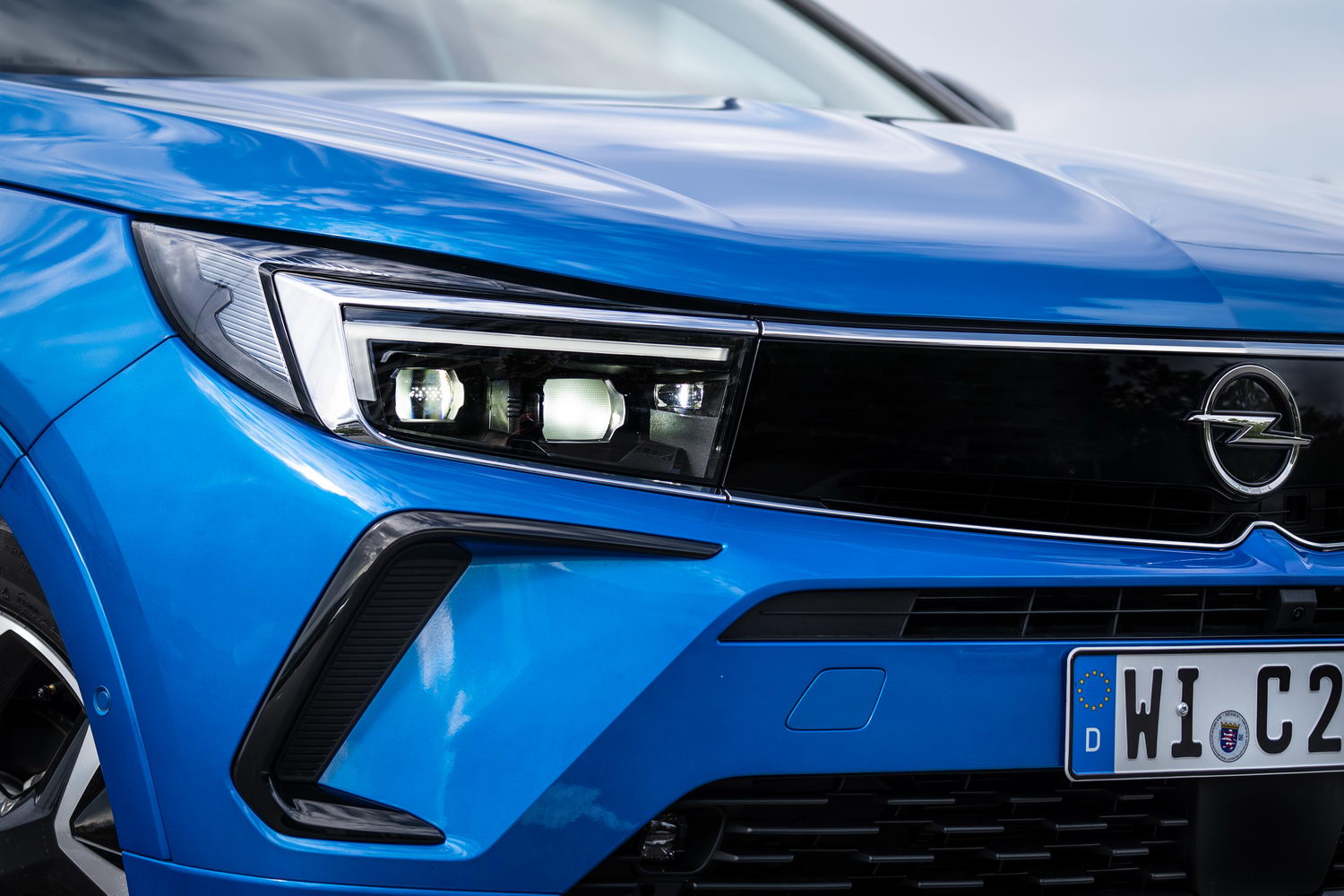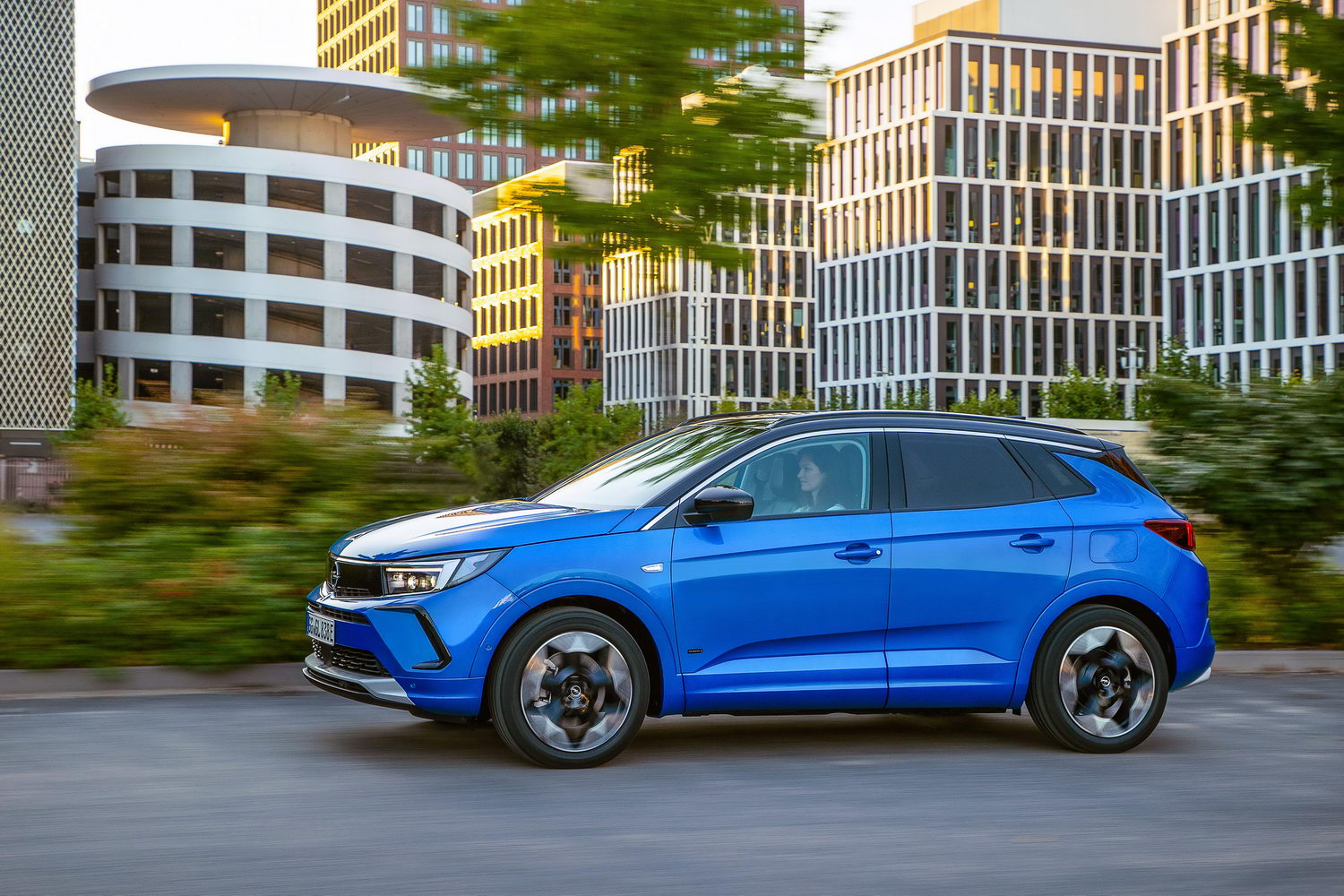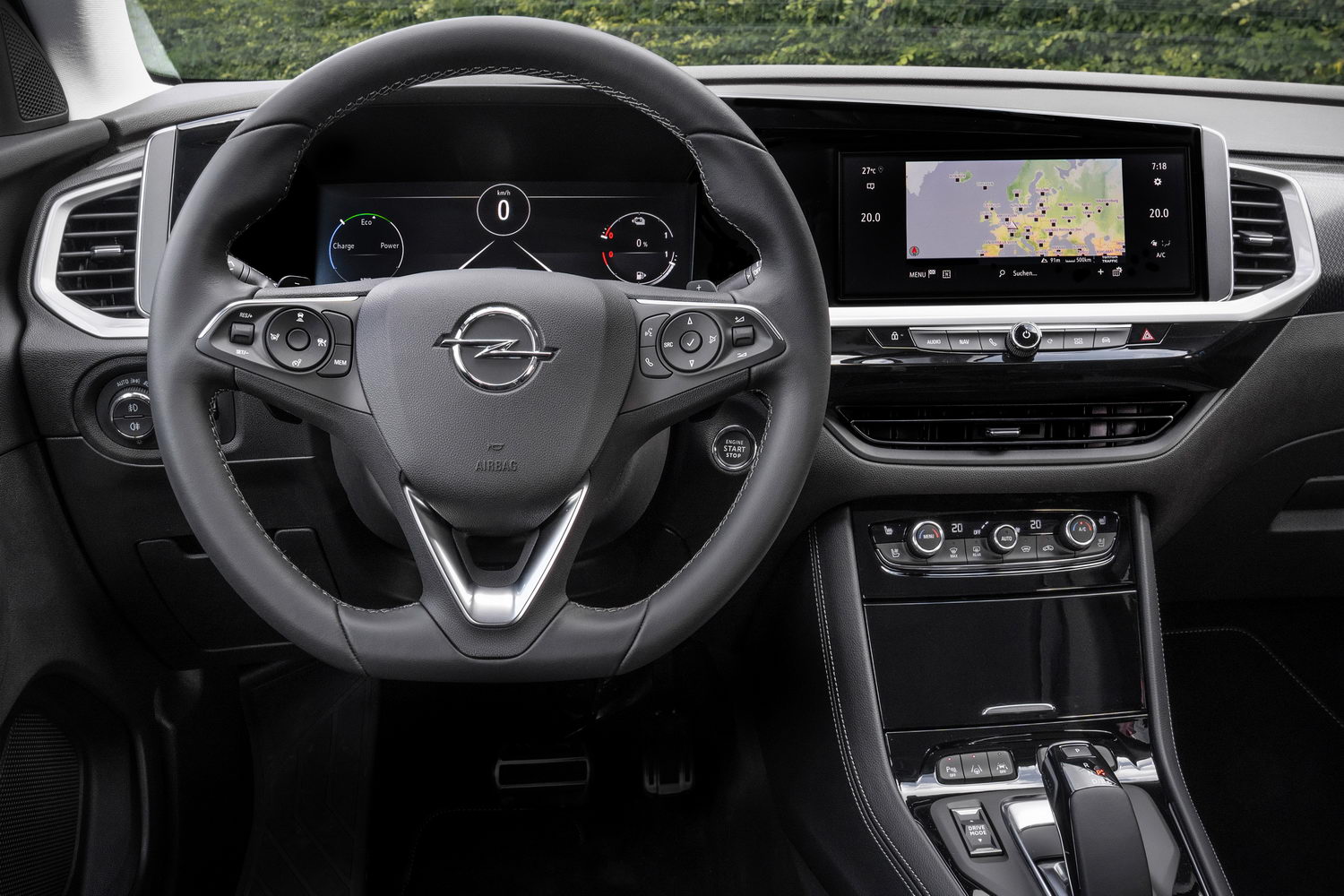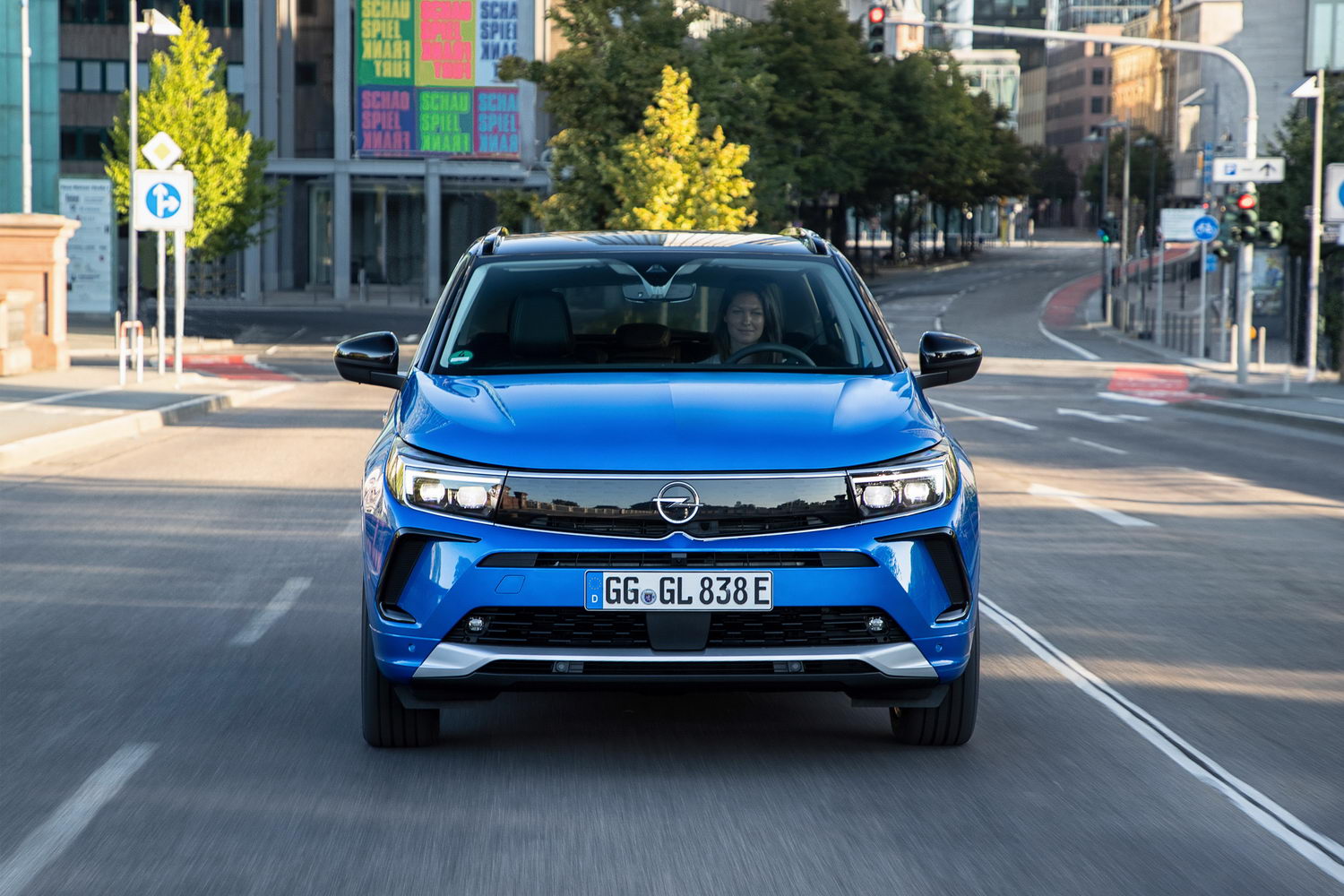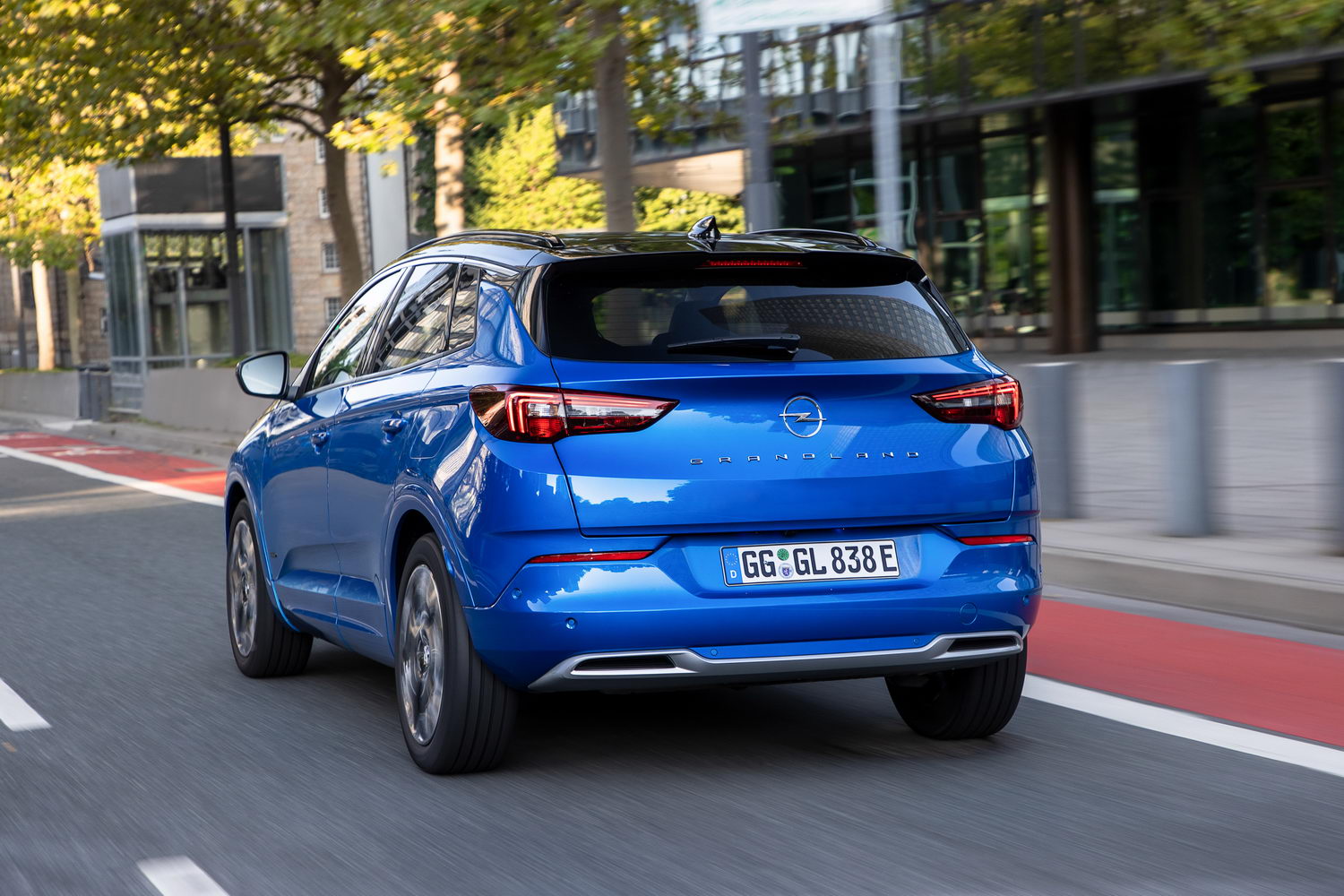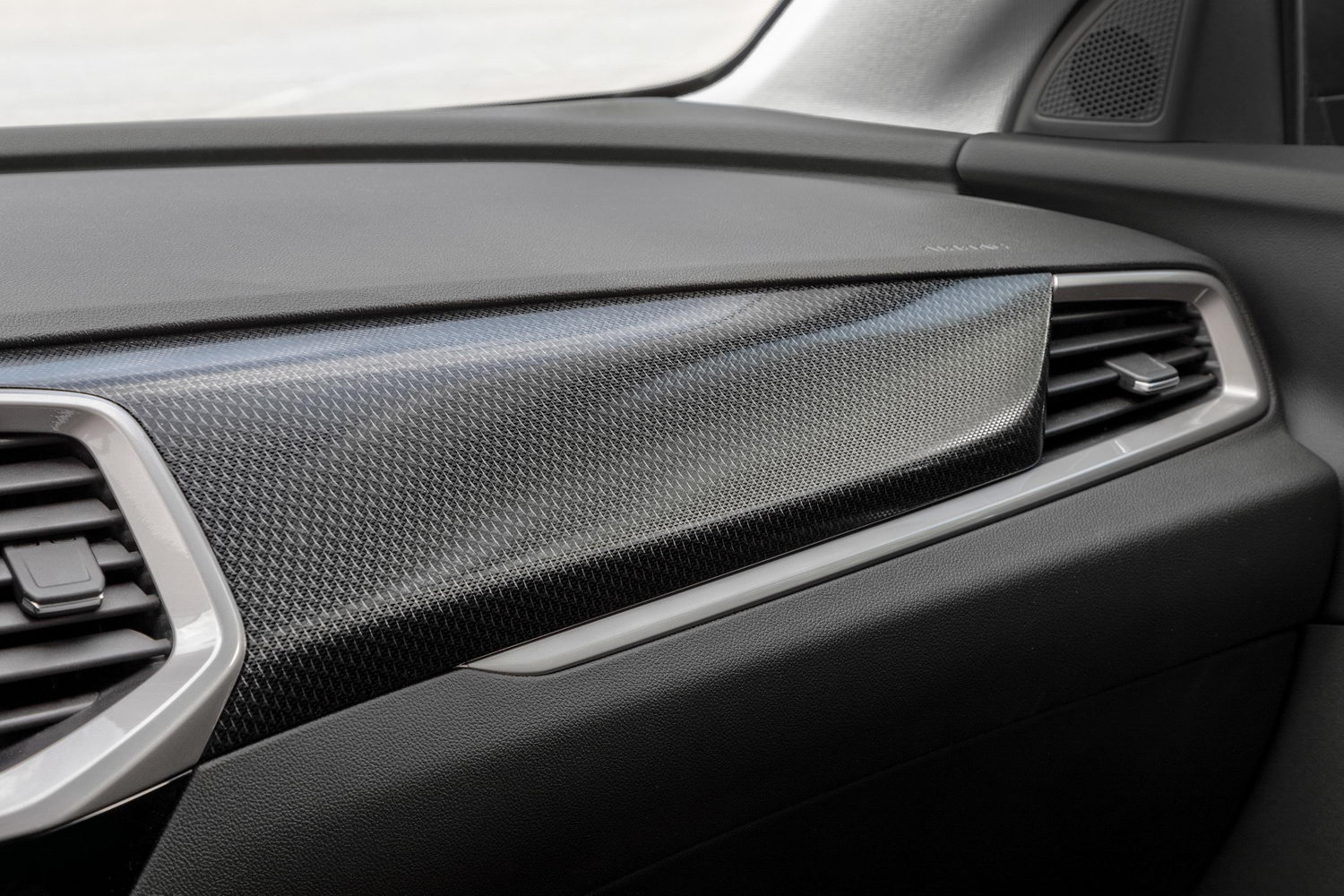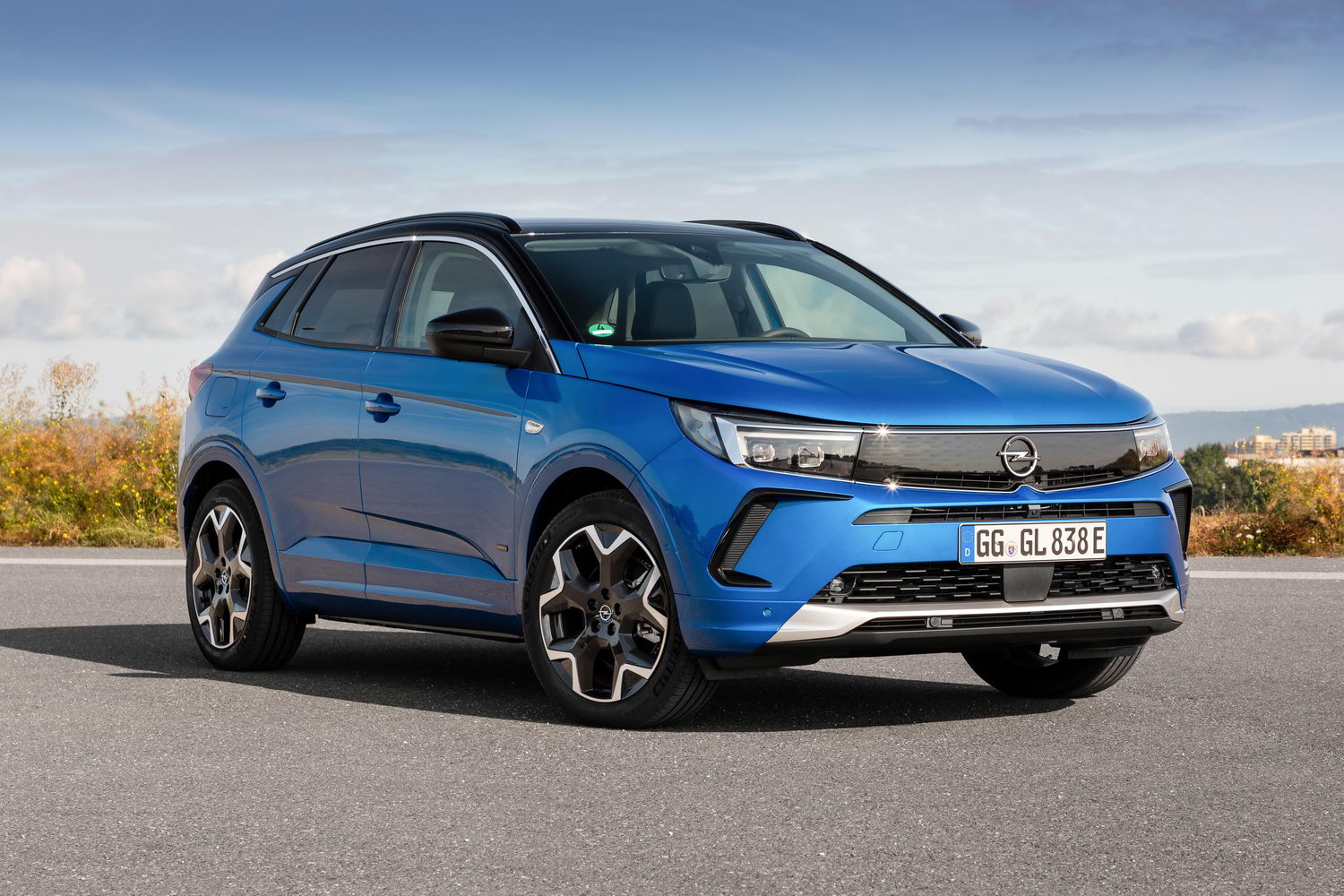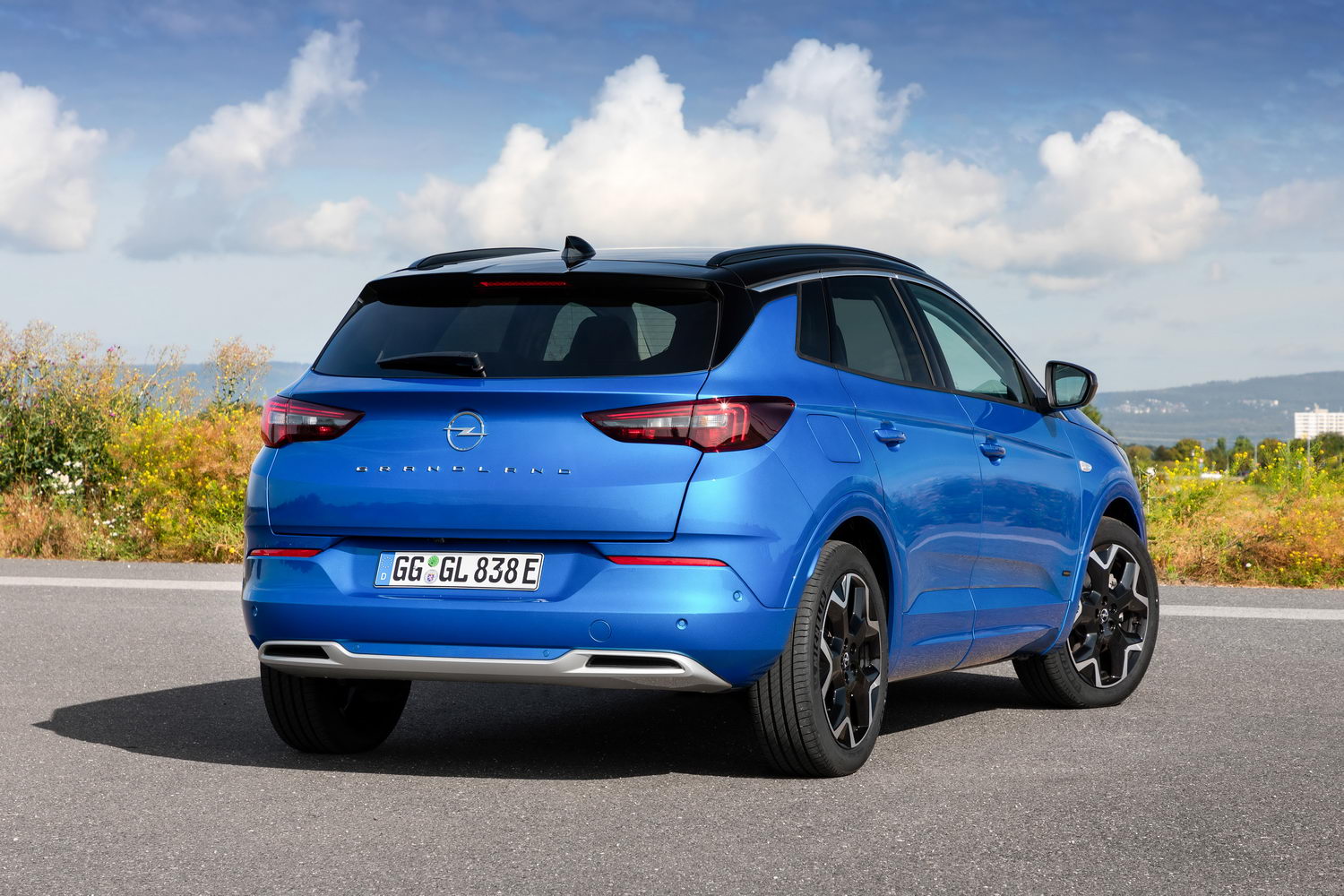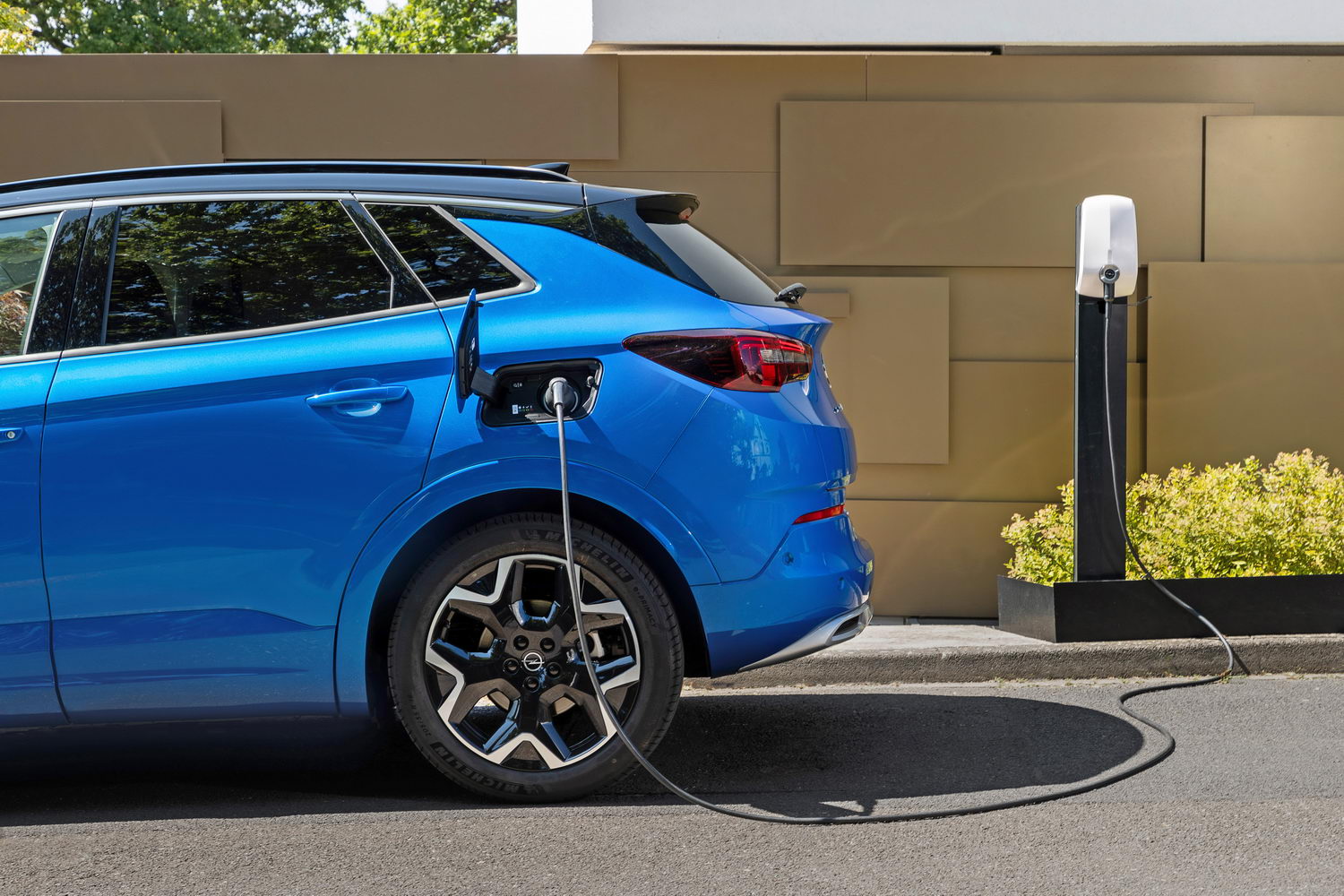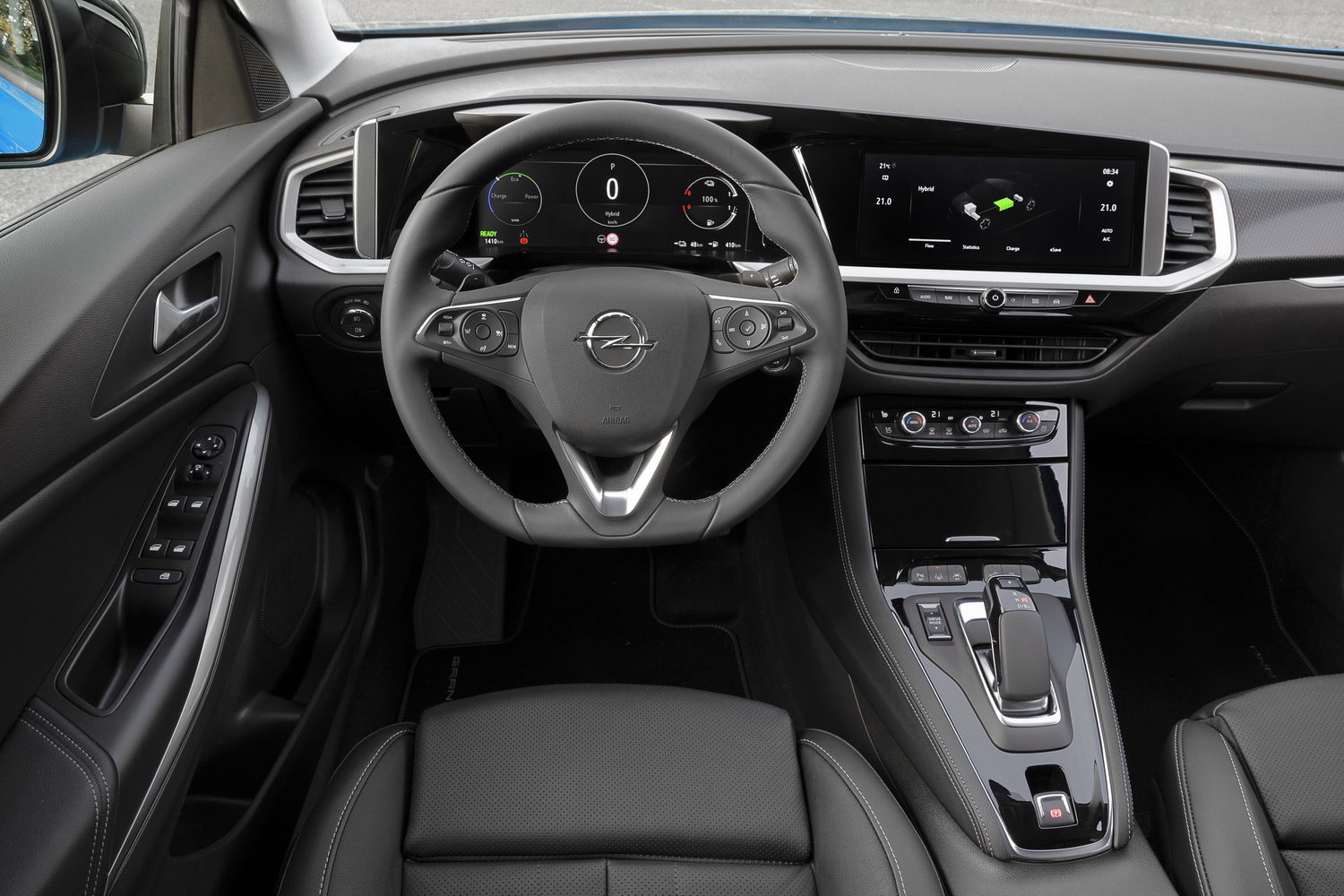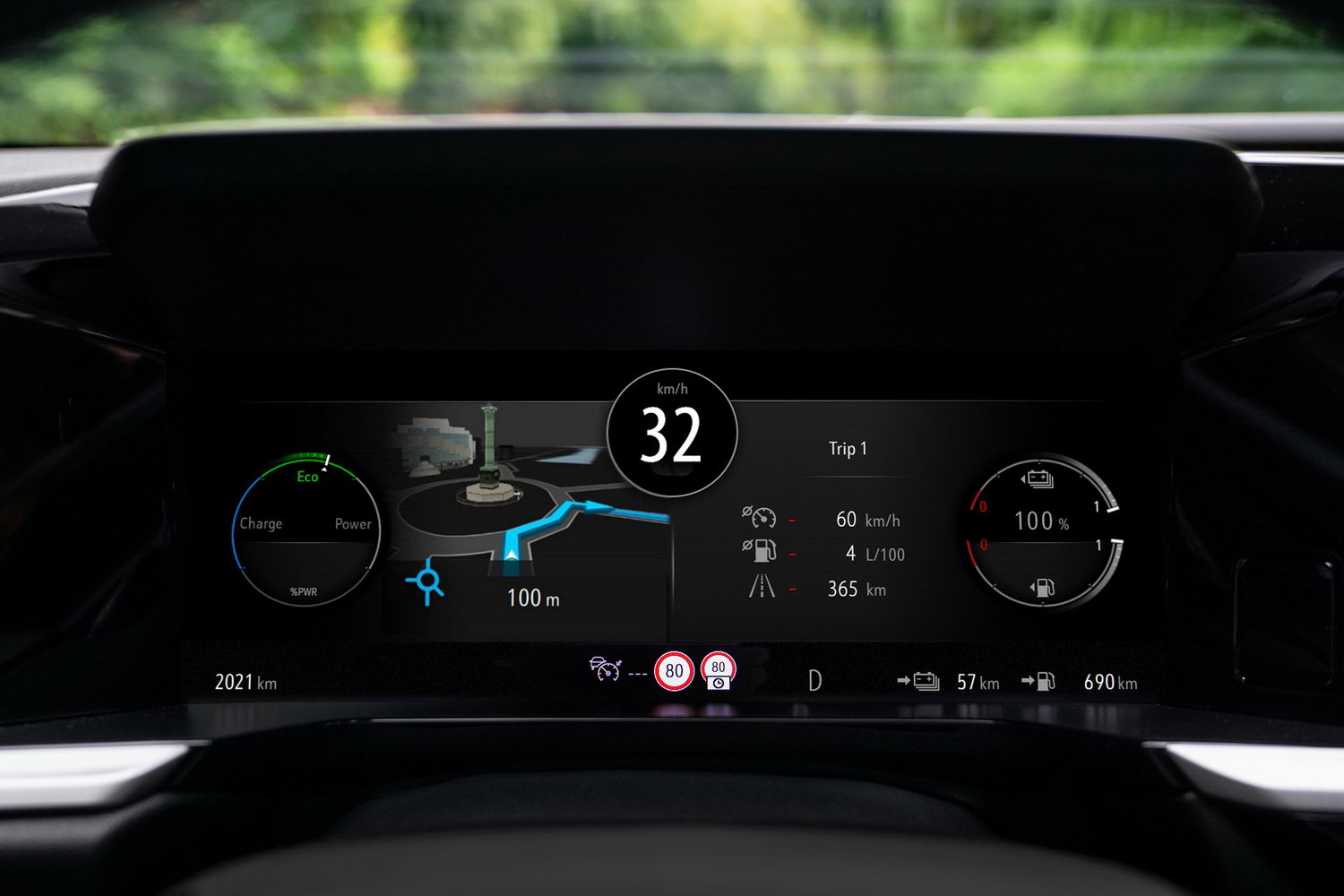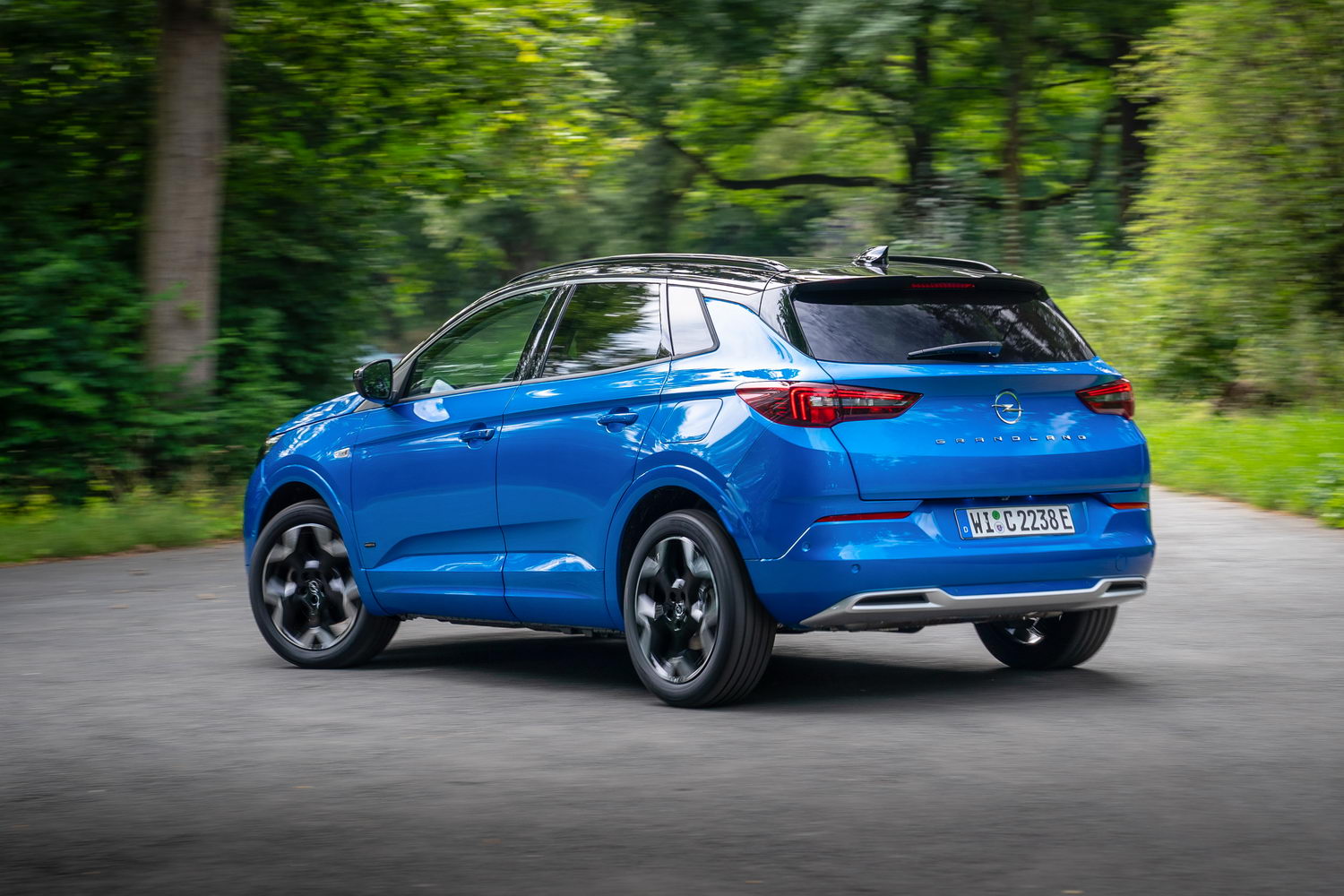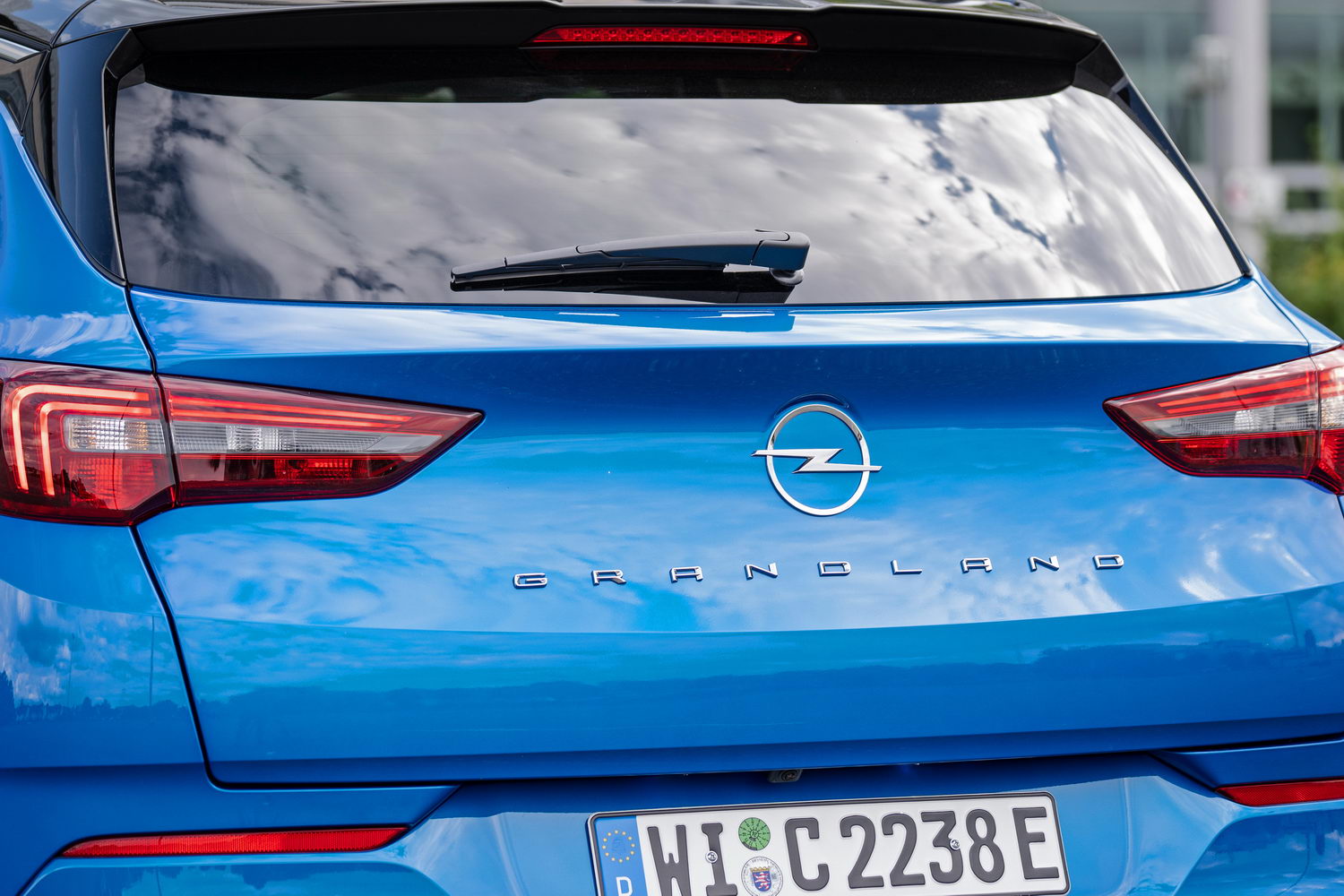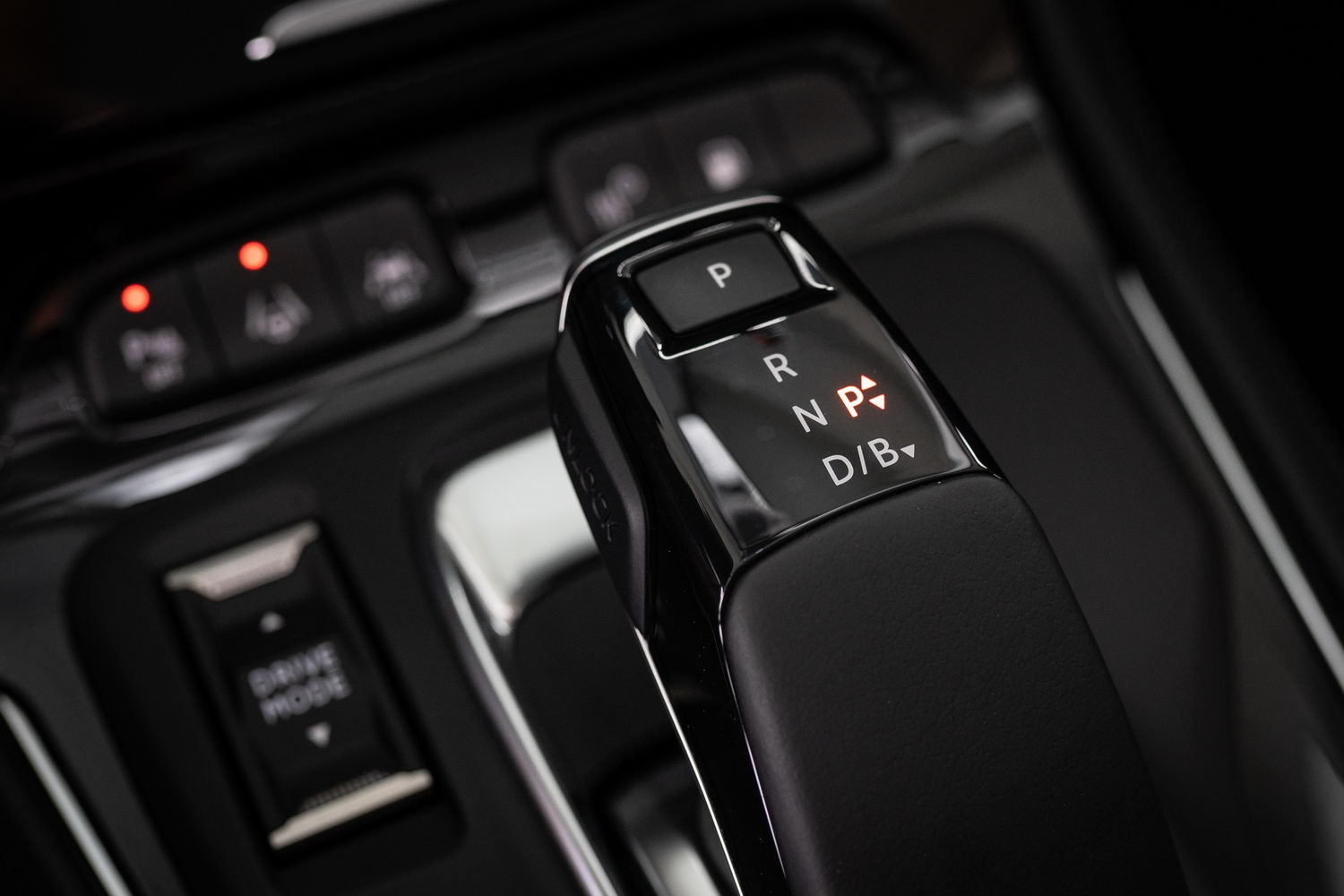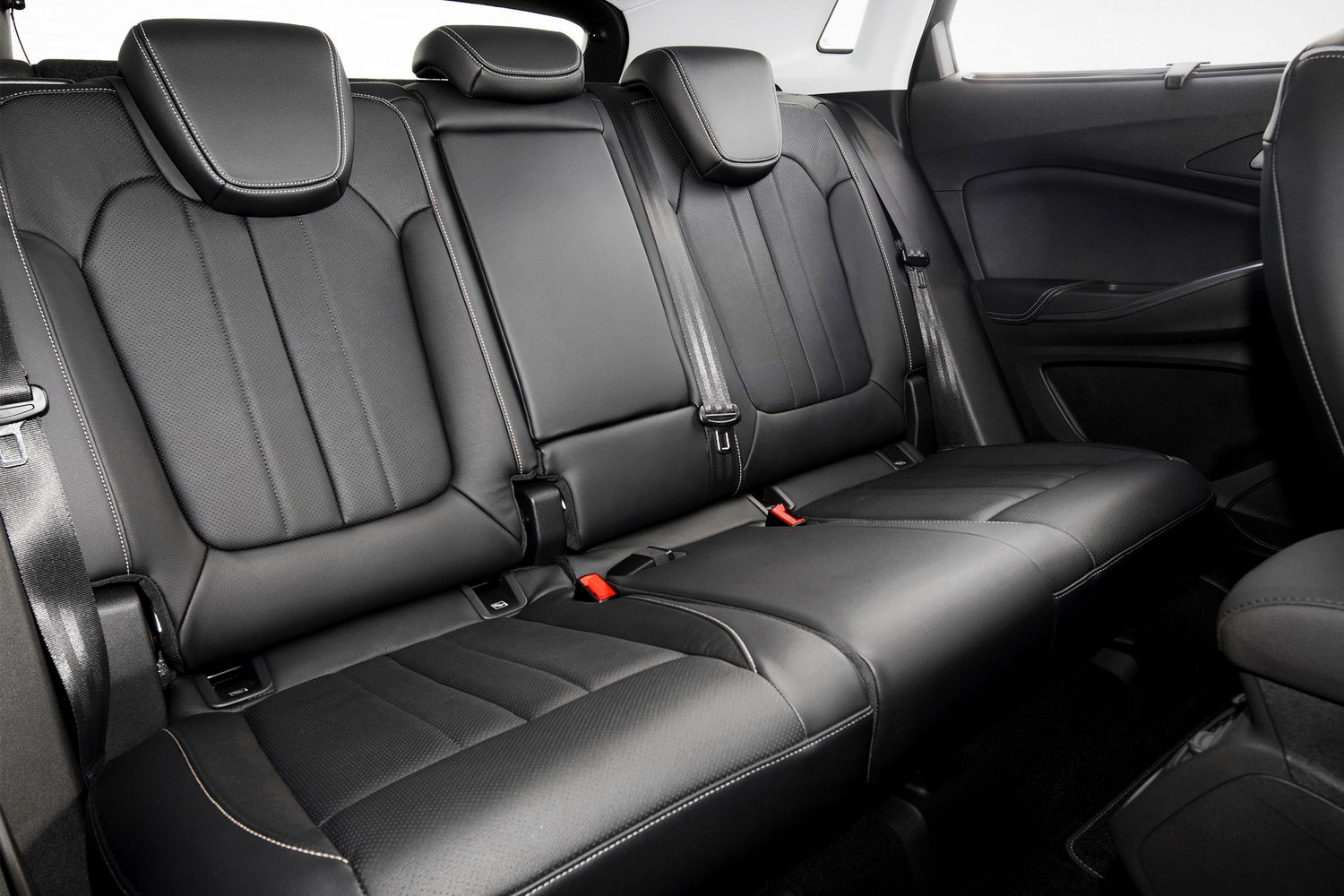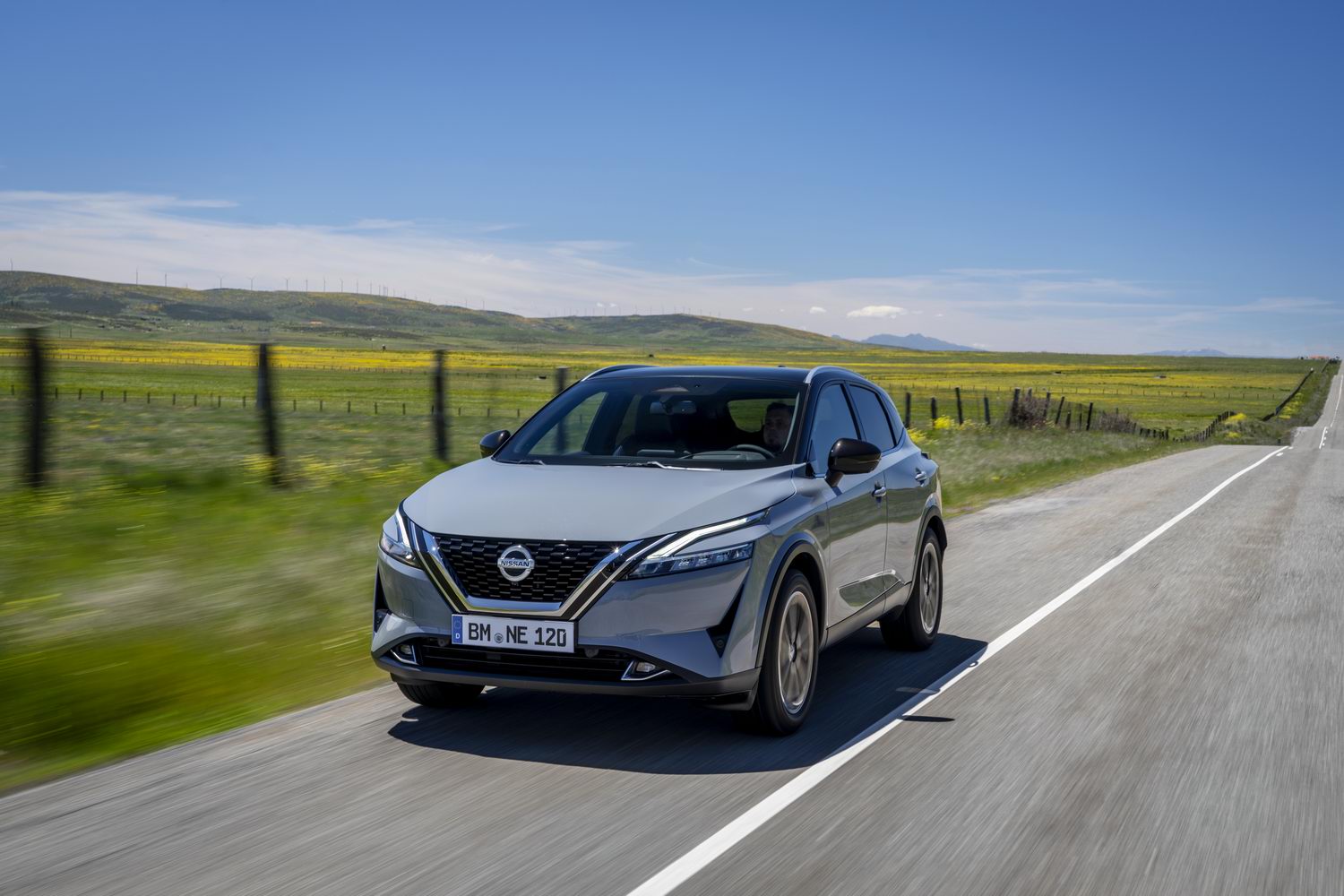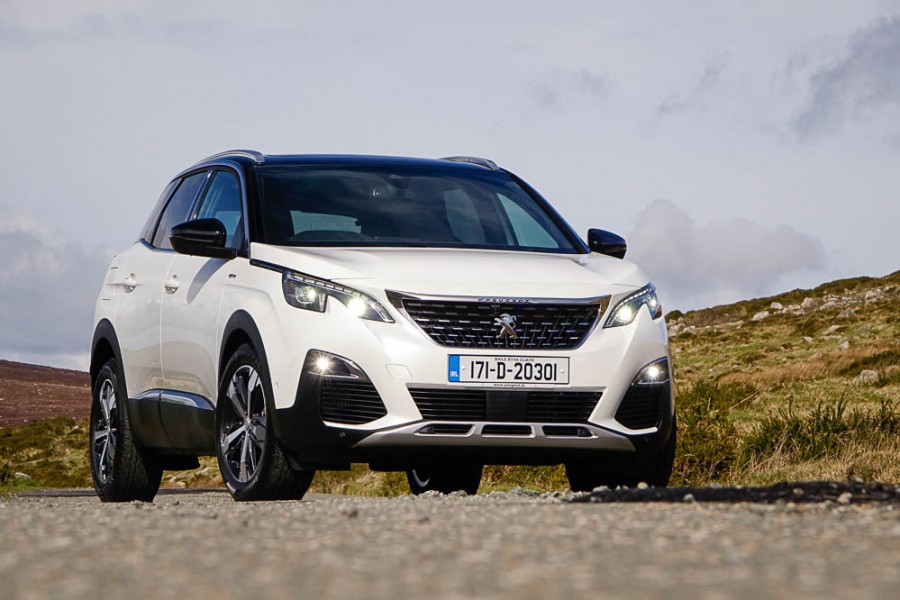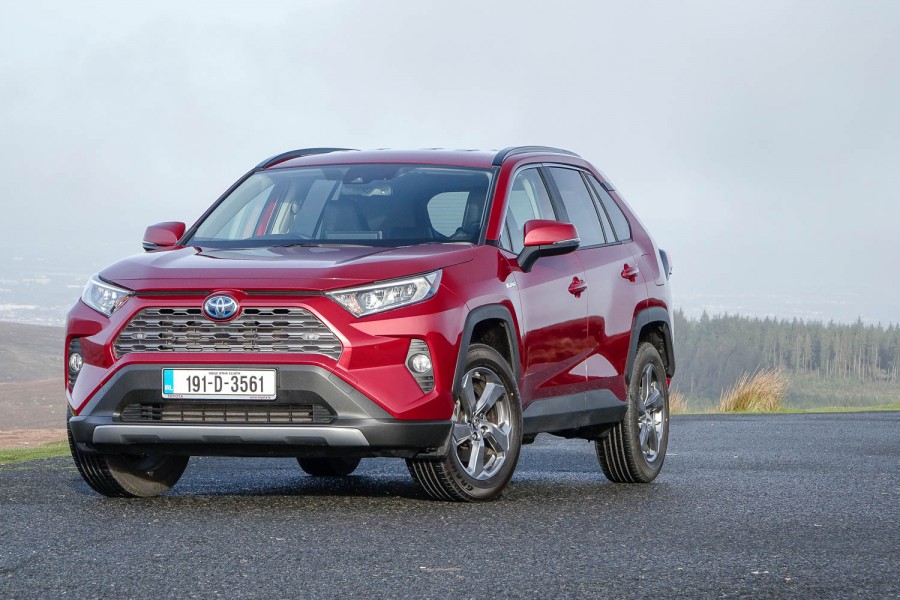A mid-cycle update provides the Opel Grandland crossover with a new face that brings it into line with the rest of the brand's range. Interior upgrades help, as does the addition of a second plug-in hybrid version, as tested here.
In the metal
Changes to the Opel Grandland go beyond the usual mid-cycle nip and tuck that can often have you playing spot the difference with the older version. Part of the rationale for a more significant overhaul is that the C-SUV market is an exceedingly competitive and packed one these days, accounting for almost a fifth of all new car sales.
In that space, where design and aesthetic appeal seem to play more of a role that any actual off-road ability, Opel's flagship SUV had become a bit too 'vanilla'. Despite being one of the company's best-selling models, it has come in for a much-needed revamp. Gone is the 'X' from the name and it gets the new Opel design grafted onto the front. Known as the Opel Vizor, bringing the Grandland in line with the similarly revised Crossland and all-new Mokka.
Within that new face is some new (to Opel) tech in the form of an optional infrared camera that can detect animals and people in the darkness. It is likely to be a pricey option, but it is tech that could be beneficial to those living in unlit rural areas. The Grandland also features LED headlights, with a triple reflector unit as standard that helps reduce consumption by 0.94g/km says Opel. An upgrade to LED Pixel units that work in a more dynamic way to cut out sections of light for approaching vehicles to avoid glare is optional.
Other tweaks to the exterior include painted wheel arch surrounds and door sills to match the body work on certain versions. This makes the Grandland look like less of an SUV, while in other specifications these sections are finished in gloss black for more of a contrasting look to match the roof. Some may think Opel has gone a touch overboard with the black paint, as the rear looks as if the car has a mis-matched bumper.
Following the lead of other manufacturers, the Grandland name is now placed more prominently across the rear and in the case of the plug-in hybrids, there is a small 'Hybrid' badge on the lower section of the front doors, too.
Opel has also enhanced the interior of the Grandland, with a new dashboard layout that replicates the 'Pure Panel' design concept of the Mokka. A dual-screen setup is surrounded by a single gloss black frame with a digital instrument display of up to 12 inches and up to 10 inches for the infotainment display.
Physical controls for climate and other settings remain in the centre console to give it a good balance of functionality. One important element to note is that the Grandland has a boot capacity of 514 litres (increasing to 1,652 litres) whereas the plug-in hybrid models only get 390 litres (increasing to 1,528 litres) due to the extra powertrain hardware.
Driving it
The engine range remains largely unchanged for this revised Opel Grandland, but the addition of this front-wheel-drive plug-in hybrid model is a welcome move. All that differs to the existing Grandland Hybrid4 is that this version loses the rear electric motor. Opel uses a 1.6-litre four-cylinder petrol engine combined with an 81.2kW electric motor to drive the front wheels via an eight-speed automatic gearbox.
Power to the electric motor comes from a 13.2kWh lithium-ion battery that can officially provide a pure electric driving range of between 53- and 64 kilometres. A 3.7kW onboard charger is standard, with the option to upgrade to a 7.4kW charger. Doing so can reduce the charging time to two hours.
In many instances there isn't a night-and-day difference in only having the one electric motor. The Grandland gets off the line smoothly and it largely provides a smooth and quiet drive, though it's worth noting that we had some very well-maintained roads in Germany to drive on, so the real test will come when the car arrives in Ireland later this year.
Opel plays it straight down the middle with the Grandland - it isn't trying to be especially dynamic or engaging. It knows the brief and how most of its buyers will use the car and has engineered it accordingly. It is an adept motorway cruiser, and it can remain in electric mode at up to 135km/h. Yes, doing that will sap the battery's charge far more quickly, but it's useful for when you might need to go up one or two junctions on the motorway or dual carriageway.
But it's the urban setting in cities or towns where that EV mode is best put to use. Similar to the Citroen C5 Aircross Hybrid, the Opel uses a blue light on the rear-view mirror to indicate to pedestrians that the car is driving in electric mode.
It is brisk enough for a car of its size and drivers can choose between a selection of different drive modes, including Sport, though it's at its best in electric or hybrid modes.
The latter activates once the battery depletes and, once you exercise some restraint with your right foot, the Grandland is mostly a hushed driving experience. A decent amount of adjustment for the steering wheel and the driver's seat means finding a comfortable driving position isn't difficult. The raised driving position means a good view out, and this is helped with decent side mirrors and rearward visibility.
What you get for your money
Opel will introduce the new Grandland in Ireland later this year, although exact pricing will not be confirmed until after the government's budget announcement is made. The Grandland will retain a similar equipment grade structure to the existing model and the only notable addition is this front-wheel-drive plug-in hybrid.
Summary
The visual enhancements to the Opel Grandland do make it appear more attractive, though it isn't as striking as the smaller Mokka. Adding a second plug-in hybrid to the line-up helps and, along with a lower price, it may encourage more to consider opting for an electrified model. That said, plug-in hybrids are only a sound option in a specific set of circumstances. Nonetheless, a useful update to Opel's contender for the hotly-contested crossover sector.

